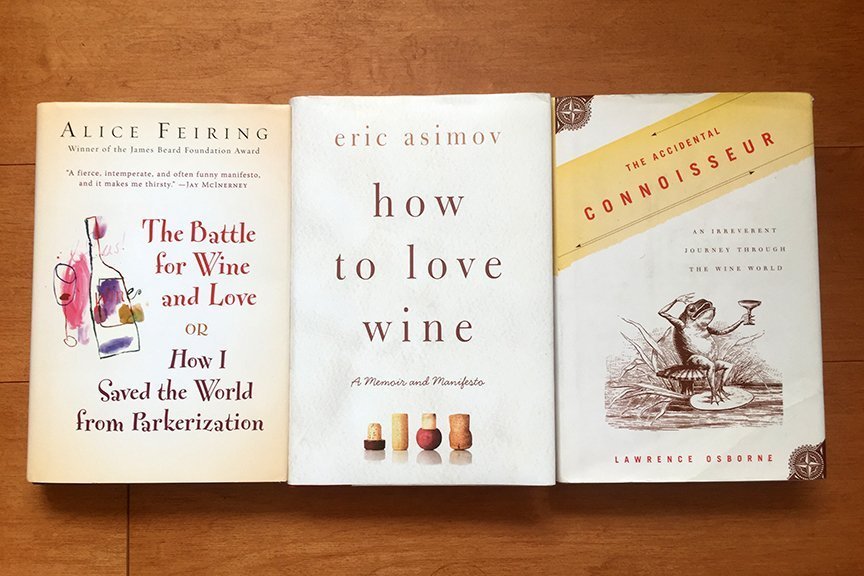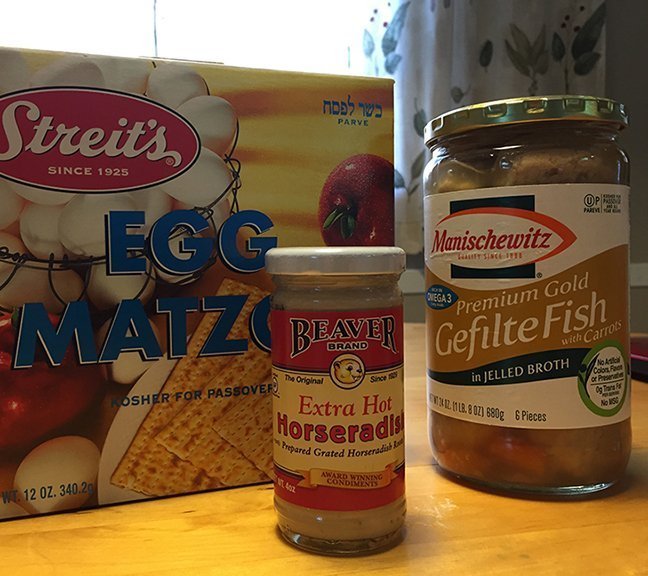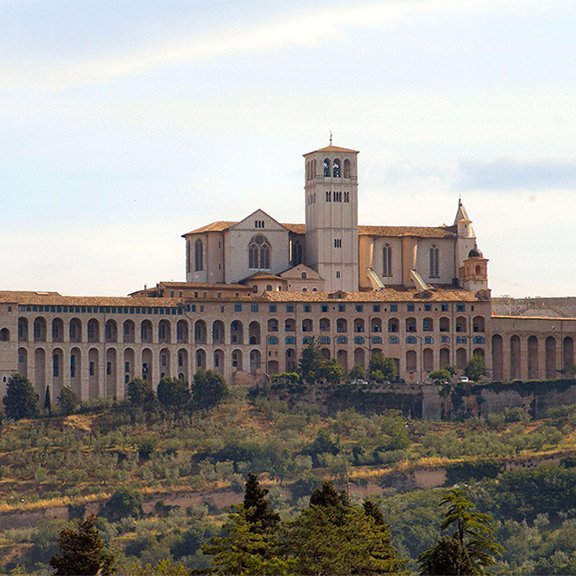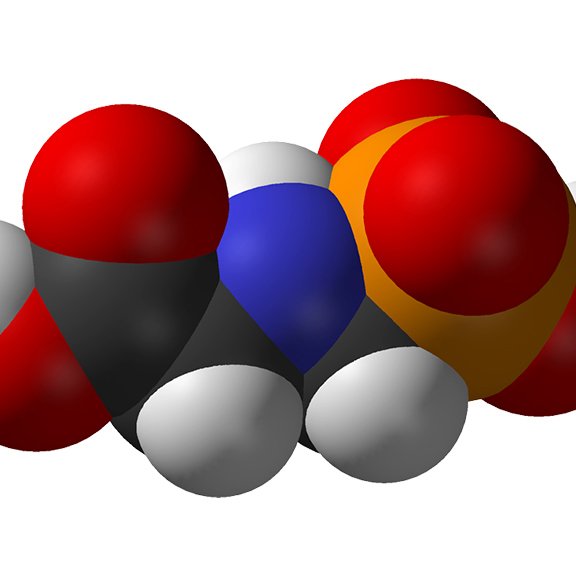
Without giving away the store (as we say in English), I wanted to preview three of the wine books that I’ve asked my students to read for my seminars on Wine Writing and Wine Blogging next month at UNISG (one of the courses open to candidates in the Master in Wine Culture study program).
The first title in my reading list is Lawrence Osborne’s excellent The Accidental Connoisseur: an irreverent journey though the wine world (New York, North Point, 2004). In many ways, this books represents a watershed in long-form wine writing. Not only was it among the first (and perhaps most successful at the time) to use a narrative arc in describing wine and wine styles. But it was also among the earliest books to look at wine with an eye for critical theory (and by “critical theory” I mean the historic movement of critical theorists that emerged in the post-Second World War Era; Roland Barthes chief among them).
Osborne’s chapter on the divide between European and American wine tastes and how they influence one another is a key element in the trajectory of wine writing in the contemporary era. Harold Bloom’s concept of the “anxiety of influence” plays an oversized role here.
The second book is really a collection of essays that are woven together through the author’s peripeteia and its aftermath: The Battle for Wine and Love: or how I saved the world from Parkerization (Orland, Harcourt, 2008) by Alice Feiring. Again, wine writing is framed in a narrative (that might surprise some readers) and critical theory and personal history are lenses by which that narrative arc is refracted.
At this point, four years after the publication of Osborne’s book, the author not only distances herself from über-critic Robert Parker, Jr., but she openly challenges and counters him. In the previous book, he appears but at a distance. And the author, by his own admission, is too timid (although not intimidated) to approach him.
In Eric Asimov’s How to Love Wine: a memoir and manifesto (New York, William Morrow, 2012), another 4 years have passed since the publication of the previous title and Robert Parker, Jr. is only mentioned a few times over a handful of pages. But his presence is deeply felt in Asimov’s personal account of his changing tastes and how they have evolved over the course of the years from late adolescence to full adulthood.
By the time Asimov published his book, 8 years after Osborne’s, the personalized narrative arc has become the model for a critical approach to wine and wine writing.
All in all, the three books chart the direction that wine writing took in the post-September 11 world.
Believe it or not, September 11 plays an important role as well in the historiography of wine writing in our lifetime. But unless you’re already enrolled in my class for this term, you’ll have to take one of my seminars next year to find out what that role was…
I’m just kidding: Stay tuned for more previews and excerpts from the talks I’ll be giving in a few weeks in Pollenzo in the University of Gastronomic Sciences Masters in Wine Culture program.
Jeremy Parzen
DoBianchi.com






